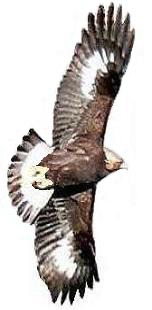Sharp-shinned Hawk
(Accipiter striatus)
Migration Timeframe:
Migration for the
ubiquitous Sharpies begins in late August, but some are
still winging through in December. Juveniles lead the way,
increasing their numbers until they peak by mid-September.
Numbers usually decline slightly in late September. to early October, and
then increase again by mid-October with the push of
adult birds. From mid-October their numbers decline
fairly dramatically through to
late November. But, as noted above, a few Sharpies still
continue to fly south in December.
|
Year |
Peak Week |
Avg |
|
2002-2007 |
Sep 15-21 |
3,613 |
|
Year |
Peak Week |
Count |
|
2008 |
Sep 22-28 |
2,136 |
|
Year |
Earliest
Obs |
Count |
Year |
Latest
Obs |
Count |
|
2002-2007 |
Aug 31 2007 |
2 |
2002-2007 |
Nov 14 2006 |
1 |
|
2008 |
Aug 30 |
2 |
2008 |
Nov 29 |
1 |
Where to Watch:
All accipiters tend to
pass through The Cliff area along the tree lines or sneaking along
the cliff. Their flight level is often lower compared to most of the other
raptors. The best views of
Sharp-shinned Hawks are usually right at "Sharpie Alley"
(just south of the ravine) where one might have a
Sharpie nearly take off your hat!! Further north (past the
intersection at Dexter Line) Sharpies can be seen cruising and
hunting along the tree lines to the right and left of the fields to
the east. The Sharp-Shinned Hawks can be seen chasing other small
birds, looking for a quick meal.
High Counts:
The 2008 season saw a huge drop in the count for Sharpies with
just 8,553 total, barely half the number tallied in 2007. Needless
to say, no new record counts were set for Sharpies this fall.
.
|
1-Year |
Count |
1-Month |
Count |
|
2007 |
16,643 |
Oct 2007 |
9,441 |
|
1-Day |
Count |
1-Hour |
Count |
|
Sep 13 1986 |
2,994 |
Sep
23 2005 |
732 |
Yearly Totals:
The 2008 total was actually very close to 10-Year average but well
short of the 5-year average. (averages are based on 1998-2007 and
2003-2007 counts).
|
Year |
Count |
Year |
Count |
Year |
Count |
|
1995 |
5,366 |
2000 |
3,938 |
2005 |
11,779 |
|
1996 |
4,775 |
2001 |
2,923 |
2006 |
14,916 |
|
1997 |
6,065 |
2002 |
5,396 |
2007 |
16,643 |
|
1998 |
3,036 |
2003 |
8,461 |
2008 |
8,553 |
|
1999 |
7,327 |
2004 |
6,015 |
2009 |
N/A |
|
10-Yr Avg |
5-Yr Avg |
|
8,040 |
11,563 |
Interesting Facts:
-
Northern
populations, including those breeding and/or summering in
Canada, are migratory. They move short to moderate
distances, staying within the North American continent.
This includes areas from Missouri to Indiana, eastern Texas
and from North Carolina to Florida (rarely south of central
Florida). name comes from their very thin, exposed lower legs
-
Rare in
the winter time in Ontario, however there are reports of
Shoulders “wintering” in Toronto and other locations in
Ontario.
-
The
“Eastern” bird (Buteo lineatus lineatus) is the largest of
the Red-shoulders.
-
Sexes
are similar, except females average larger, with some
overlap.
|
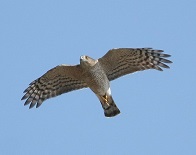
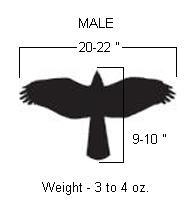
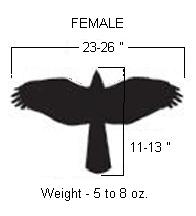
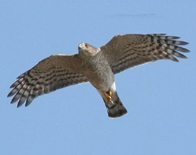
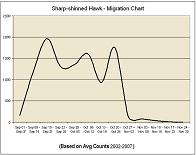
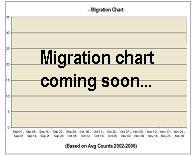
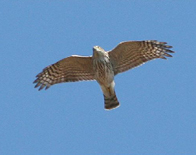
|
